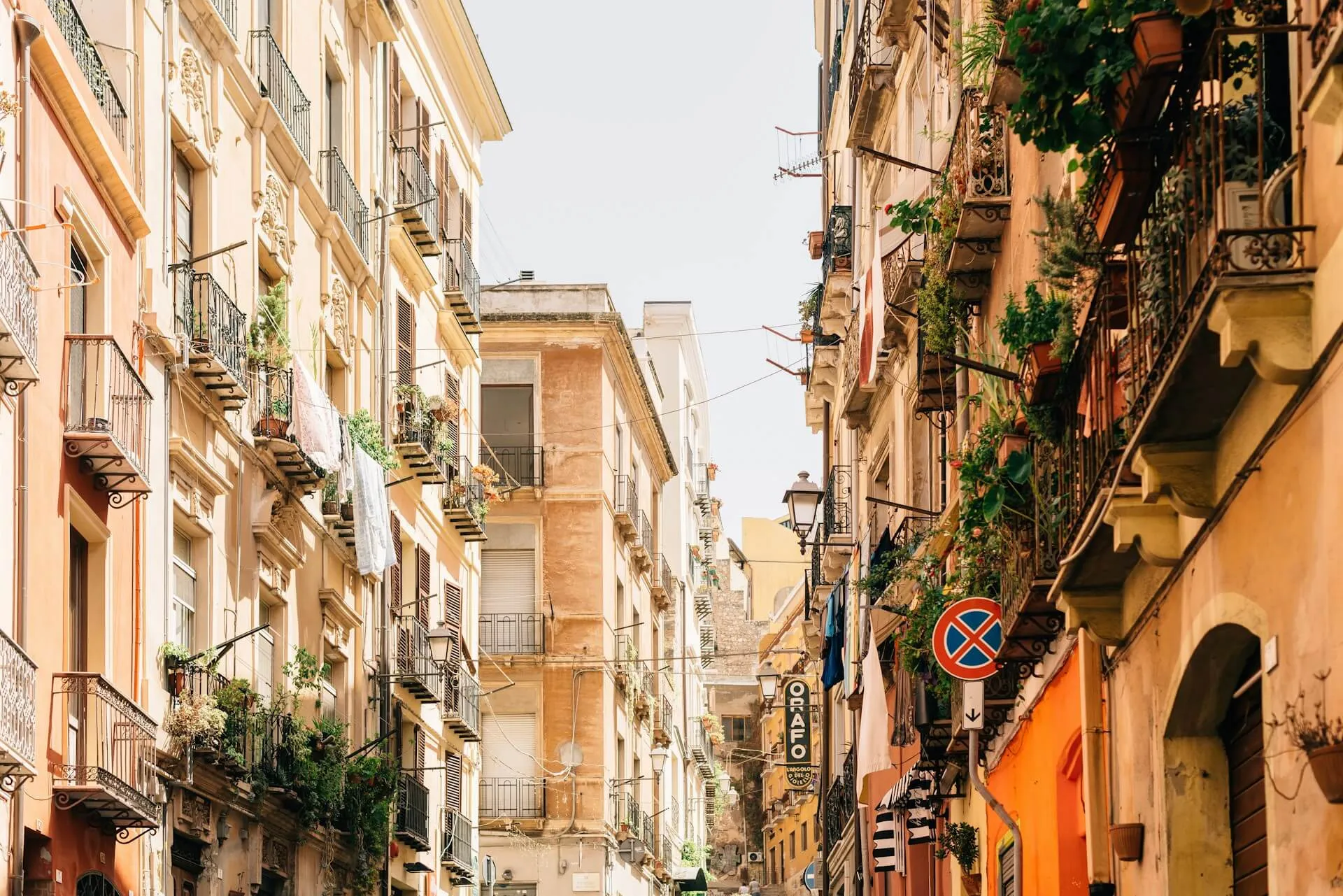
When you think of the Italian language, Italy is likely the first place that comes to mind. However, Italian is spoken in several other countries around the world
Discover the Venetian language, the unique language you will hear if you walk through the streets of Venice
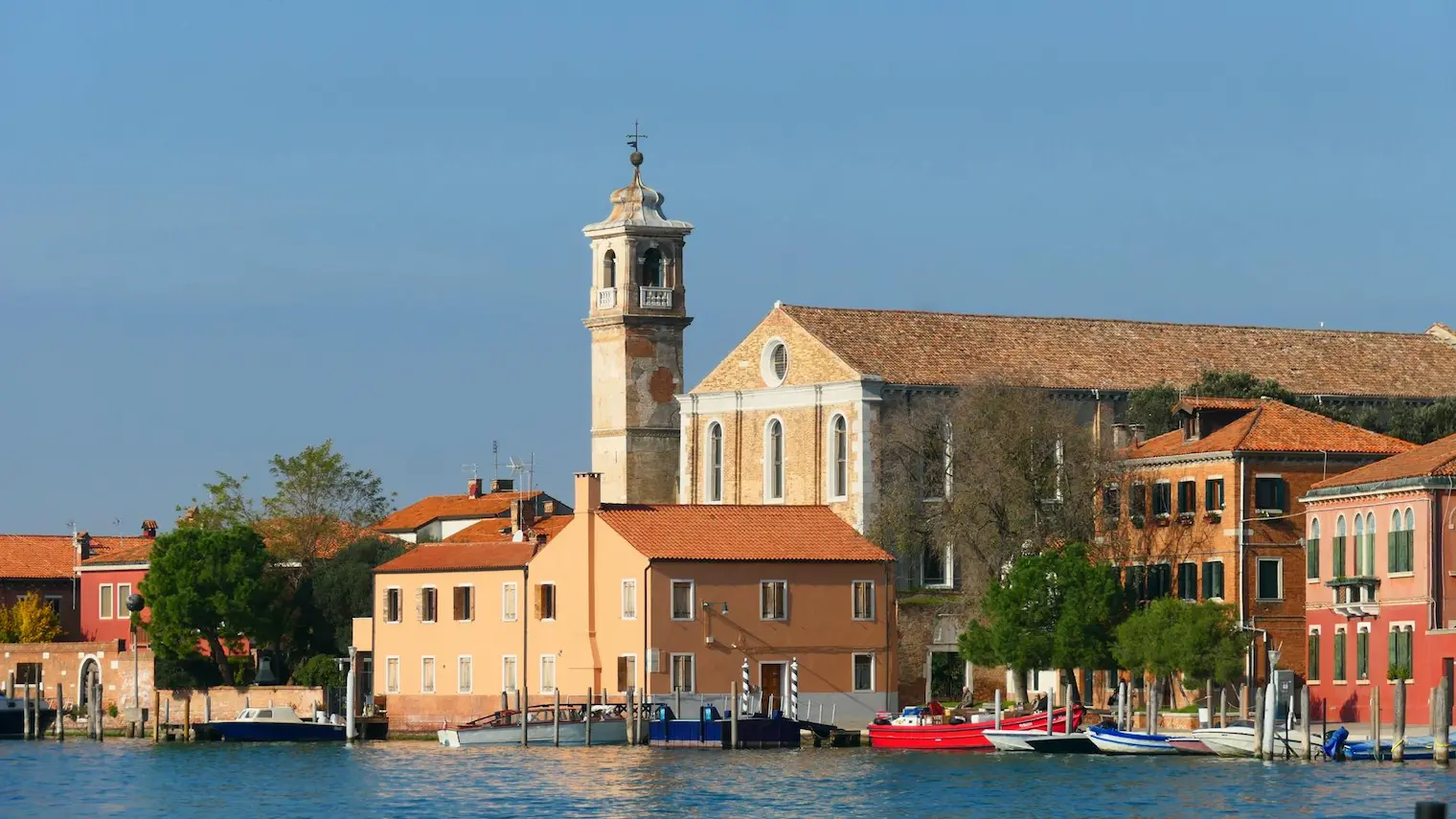
Often considered just a regional dialect, Venetian is actually much more than a variation of Italian. It is a distinct language with a rich history, unique linguistic features, and a vital role in the culture and identity of the Venetian people. In this article, we’ll explore its most important characteristics.
Venetian, known as Vèneto or Veneziano in its native form, developed in the Veneto region. It is spoken not only in and around the city of Venice but also in nearby provinces such as Trento, in the city of Trieste, and within Venetian communities across Istria and Dalmatia. Furthermore, the language has spread internationally: descendants of Venetian emigrants in South America, especially in southern Brazil and Argentina, still speak it today. Interestingly, many are more fluent in Venetian than in standard Italian.
Venetian dates back to the Middle Ages and became the official language of the Venetian Republic, also known as the Serenissima. Thanks to Venice’s strategic location as a commercial and cultural hub, the language flourished during the Republic’s long reign from 697 AD to 1797 AD. It served as a lingua franca throughout the Mediterranean, widely used in trade, diplomacy, and literature. As a result, Venetian influenced many neighboring languages and played a key role in intercultural exchange.
Today, although standard Italian is dominant in Venice and other big cities, and is the language used in media, workplaces, and schools, Venetian is still widely spoken, especially in rural areas and among older generations.
While Italian became standardized as the national language in the 19th century, Venetian remained fragmented, showing significant variation from region to region, even from village to village. For example, the Venetian spoken in the province of Belluno differs noticeably from the variety spoken around Venice.
Venetian and Italian are both Romance languages derived from Latin, but they differ in pronunciation, vocabulary, and grammar. Venetian has its own set of sounds, uses different verb conjugations, and shows unique grammatical features. For example, Venetian changes the order of pronouns in questions. These distinctions make Venetian a true language in its own right, not just a dialect.
Ciao (Hello)
This word is the same as in Italian, but it actually originated in Venetian. It comes from the expression Sciao vostro (your servant or your slave). You can learn more about this topic here.
Come vala? / Come statu? (How are you?)
De dove situ? (Where are you from?)
Mi son de Padova, e ti? (I am from Padova, and you?)
Ancoi mi son molto contento (Today I am very happy)
Venesia xe bea (Venice is beautiful)
The letter x, which is not used in Italian, is pronounced like z.
Here’s a short list of common Venetian words and expressions you might hear. Some are very difficult to translate directly:
An informal interjection, it has no literal translation, it csan be used to express surprise, agreement, or emphasis. Although many Italians see it as a hallmark of Venetian speech, it’s actually not so widely used in the Venetian Lagoon.
A slang term for money. It comes from the German word Scheingeld (meaning banknote) and corresponds to the Italian soldi.
No gho schei in sto momento (I don’t have money right now)
A funny word meaning fool or idiot. Use with caution, it’s often considered offensive!
A small glass of wine or spirit, an essential word in Venetian.
Andemo a farse un goto in ostaria? (Let’s go have a drink in the tavern)
This word is very difficult to translate. It describes the smell of fresh fish or eggs. We included it here simply because it’s quite amusing.
Ghe xe n'odor de freschin qui? (There’s a freschin smell here)
The local word for fog. It’s important to know since fog is common in the Pianura Padana (Po Valley).
So, the next time you visit Venice or any other part of the beautiful Veneto region, take a moment to appreciate not only its iconic canals and historic architecture, but also try to pick up a few local words and expressions.

When you think of the Italian language, Italy is likely the first place that comes to mind. However, Italian is spoken in several other countries around the world
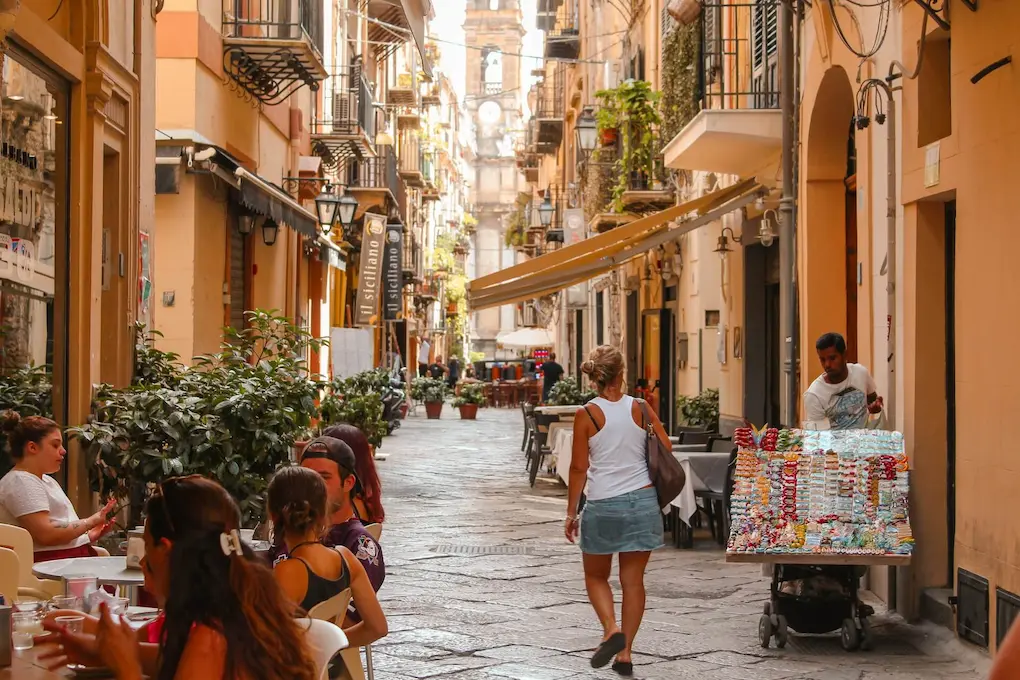
Italian slang shows how people really speak in everyday life—on the streets, online, and among friends
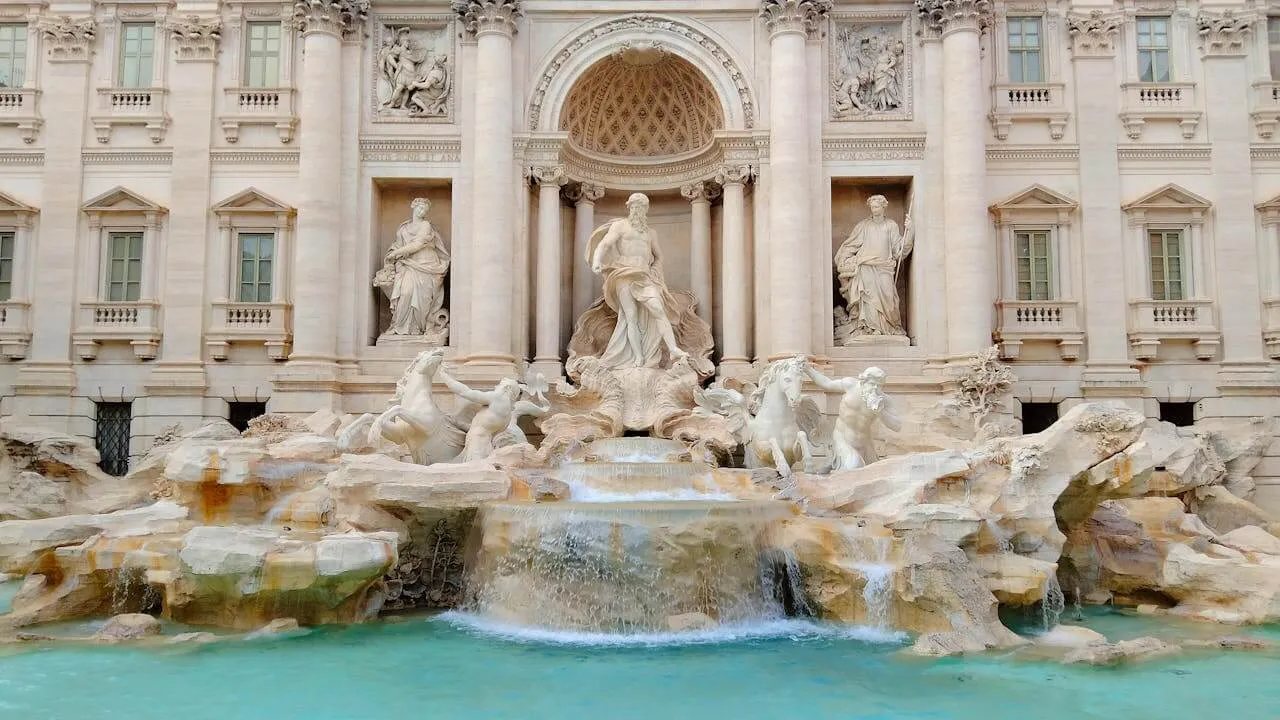
When you think of the Italian language, Italy is likely the first place that comes to mind. However, Italian is spoken in several other countries around the world
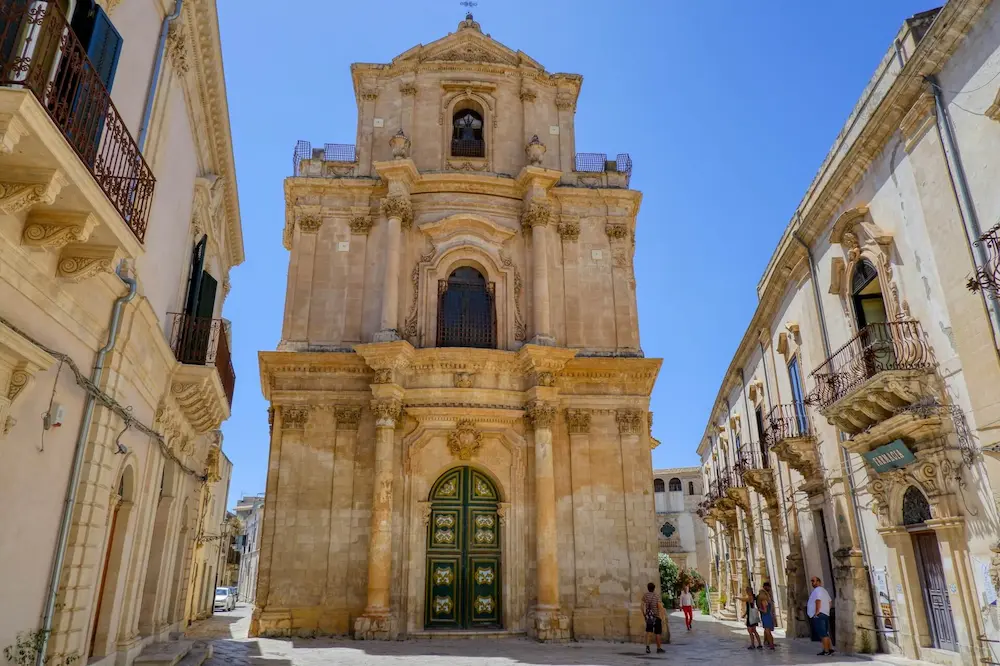
Sicilian is more than just a dialect, it’s a living language that reflects the depth and complexity of Sicily’s rich history